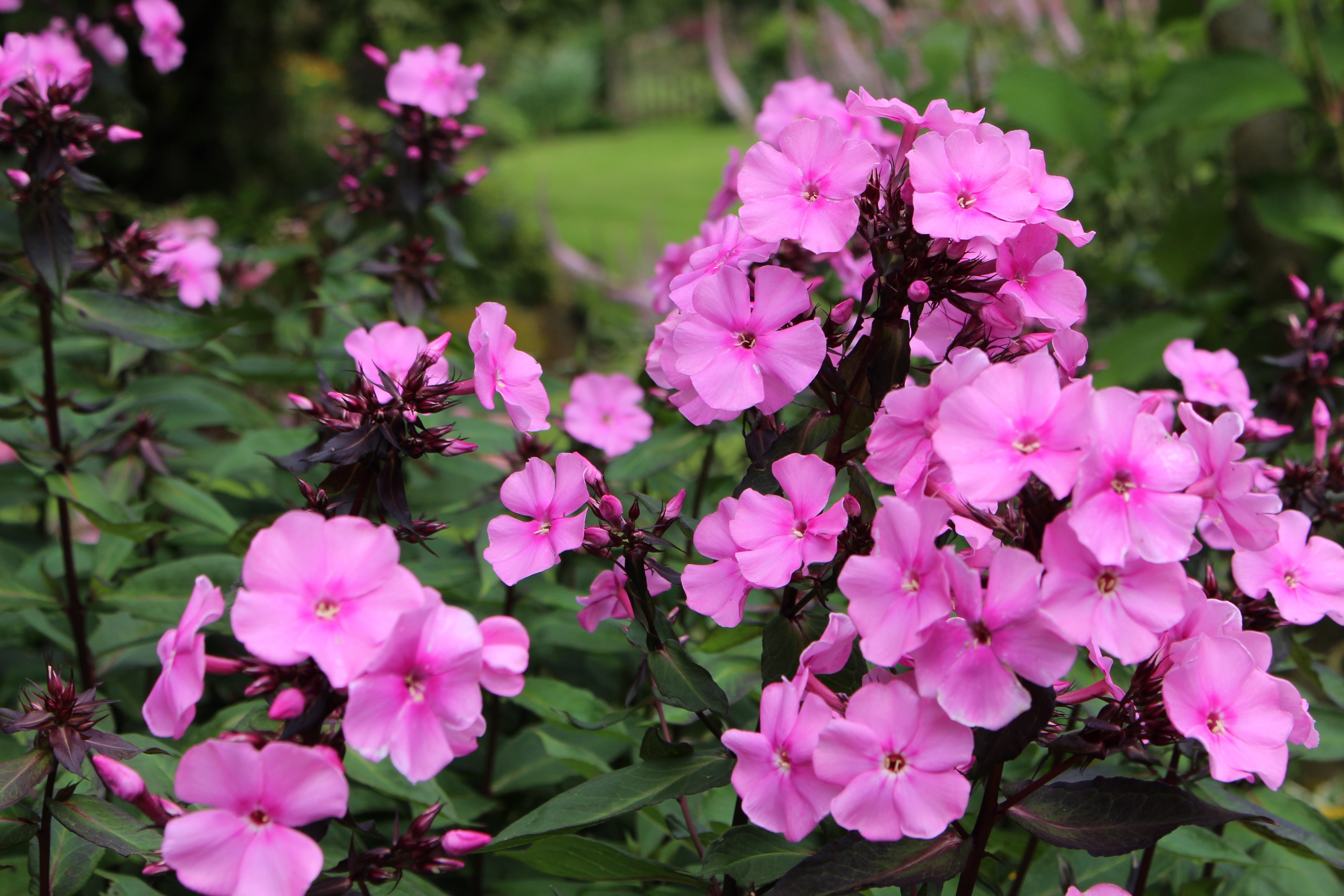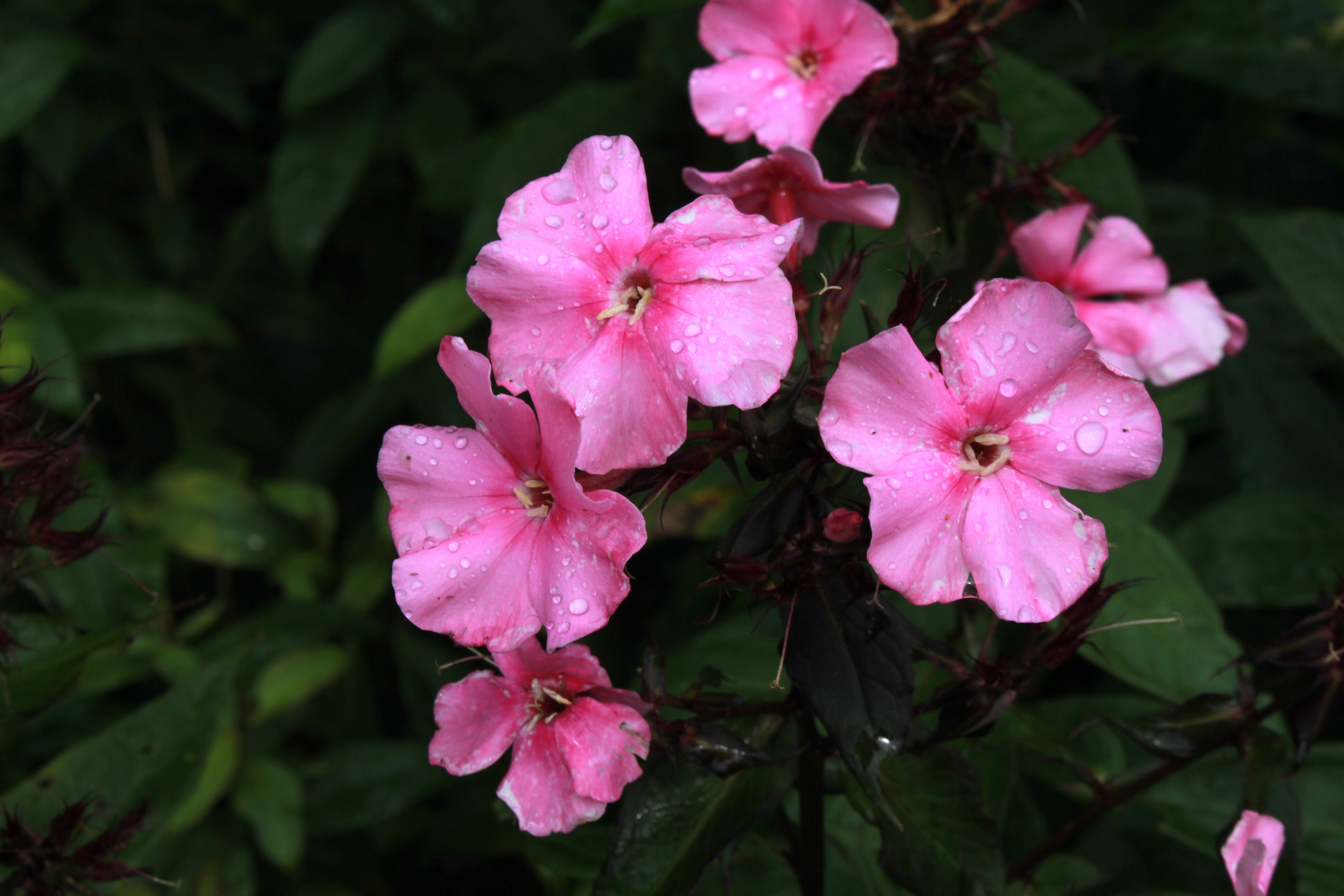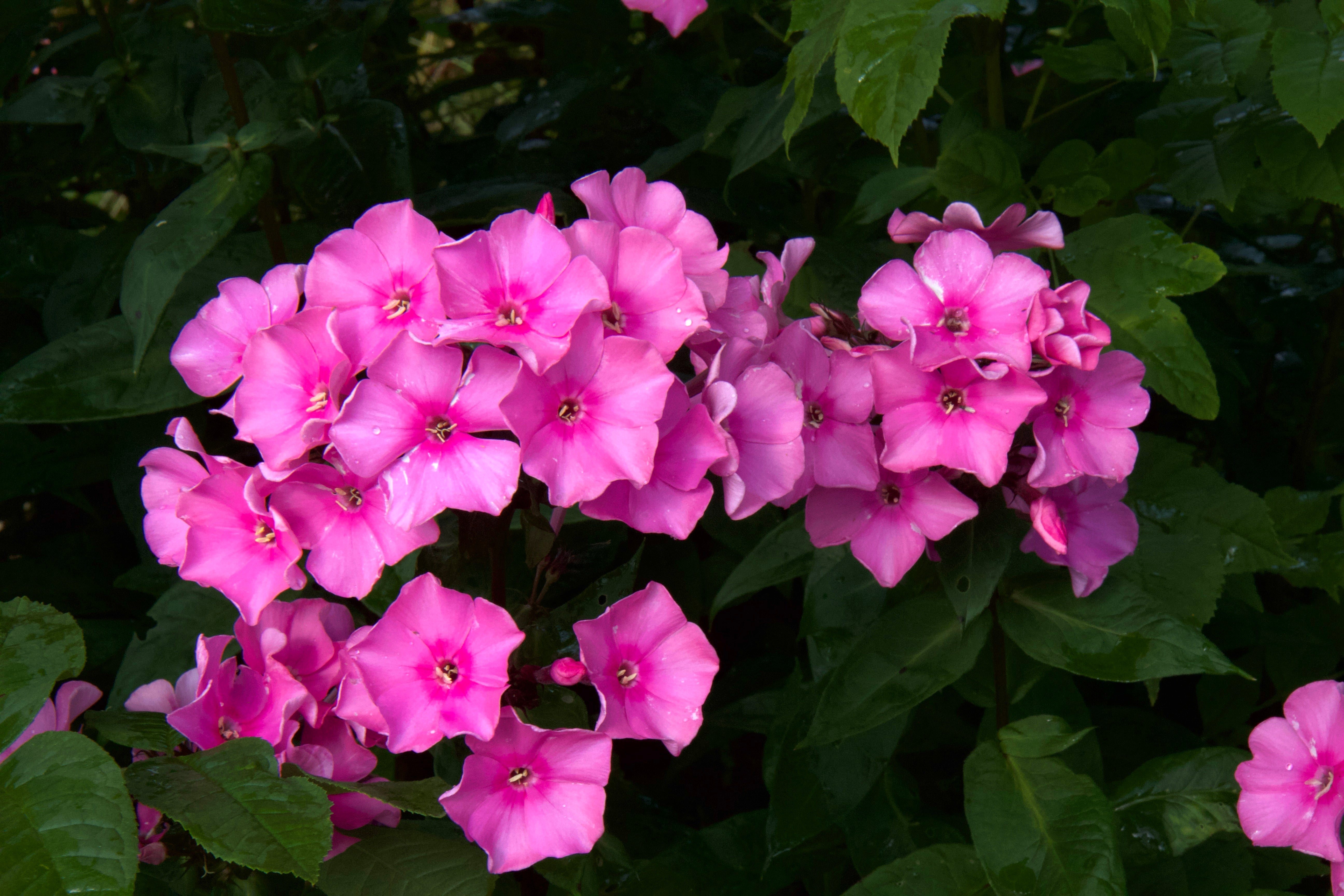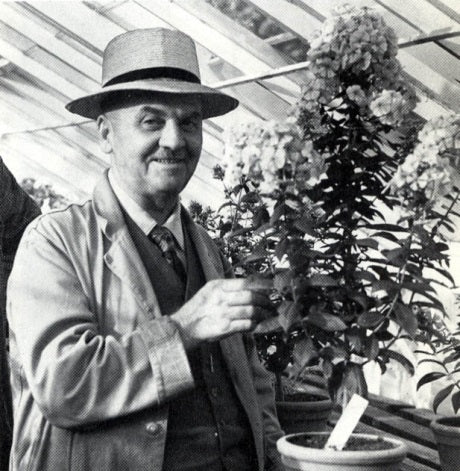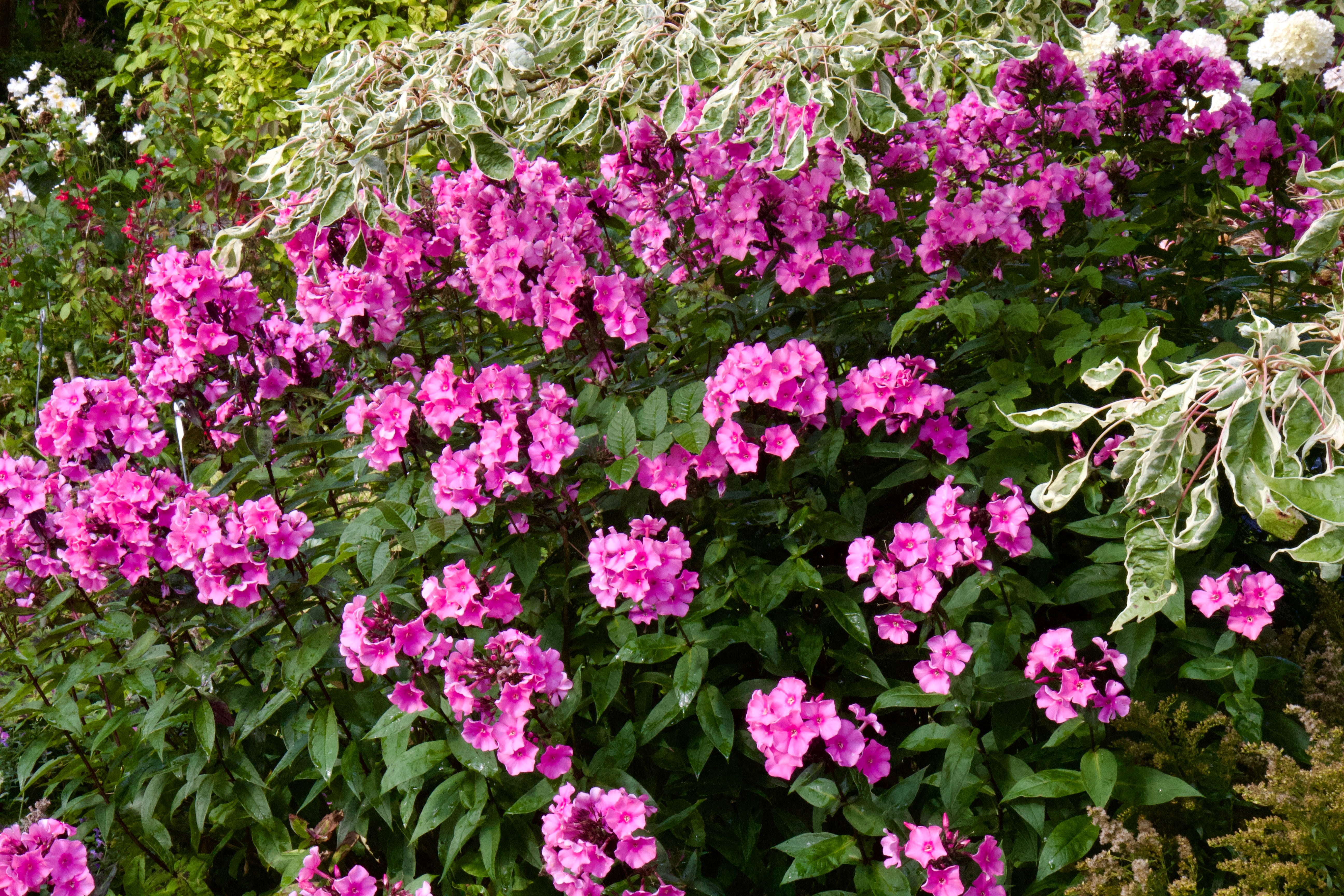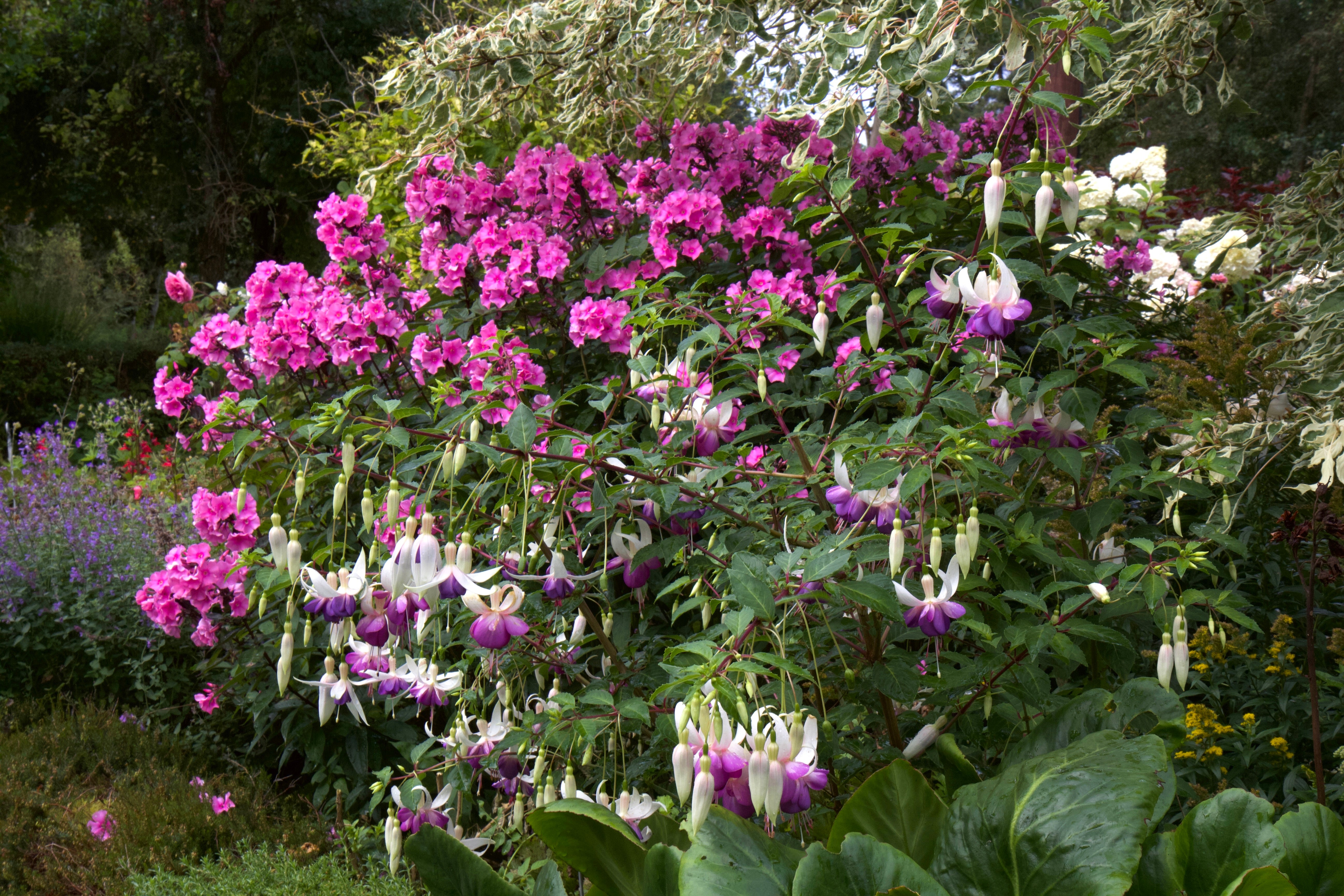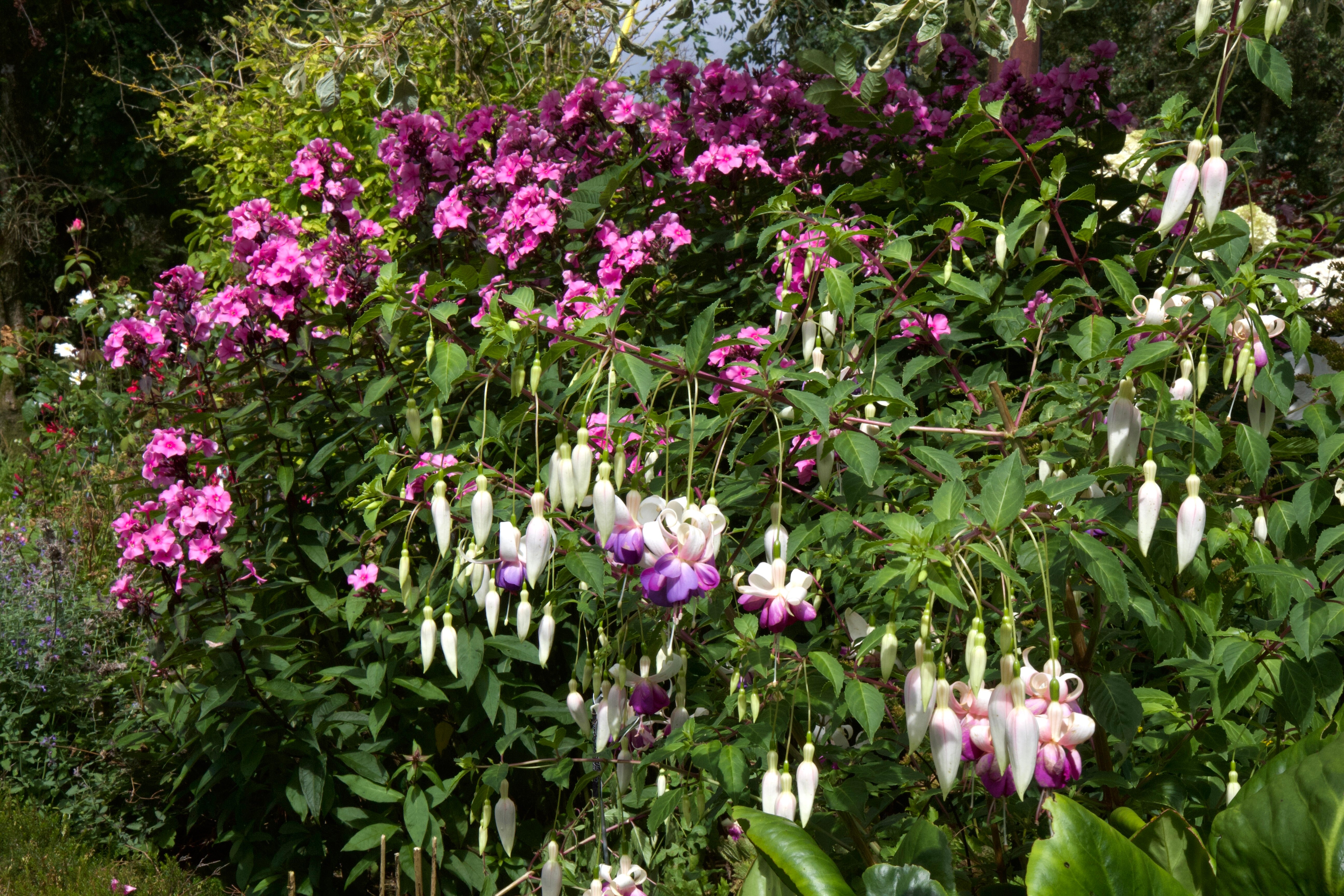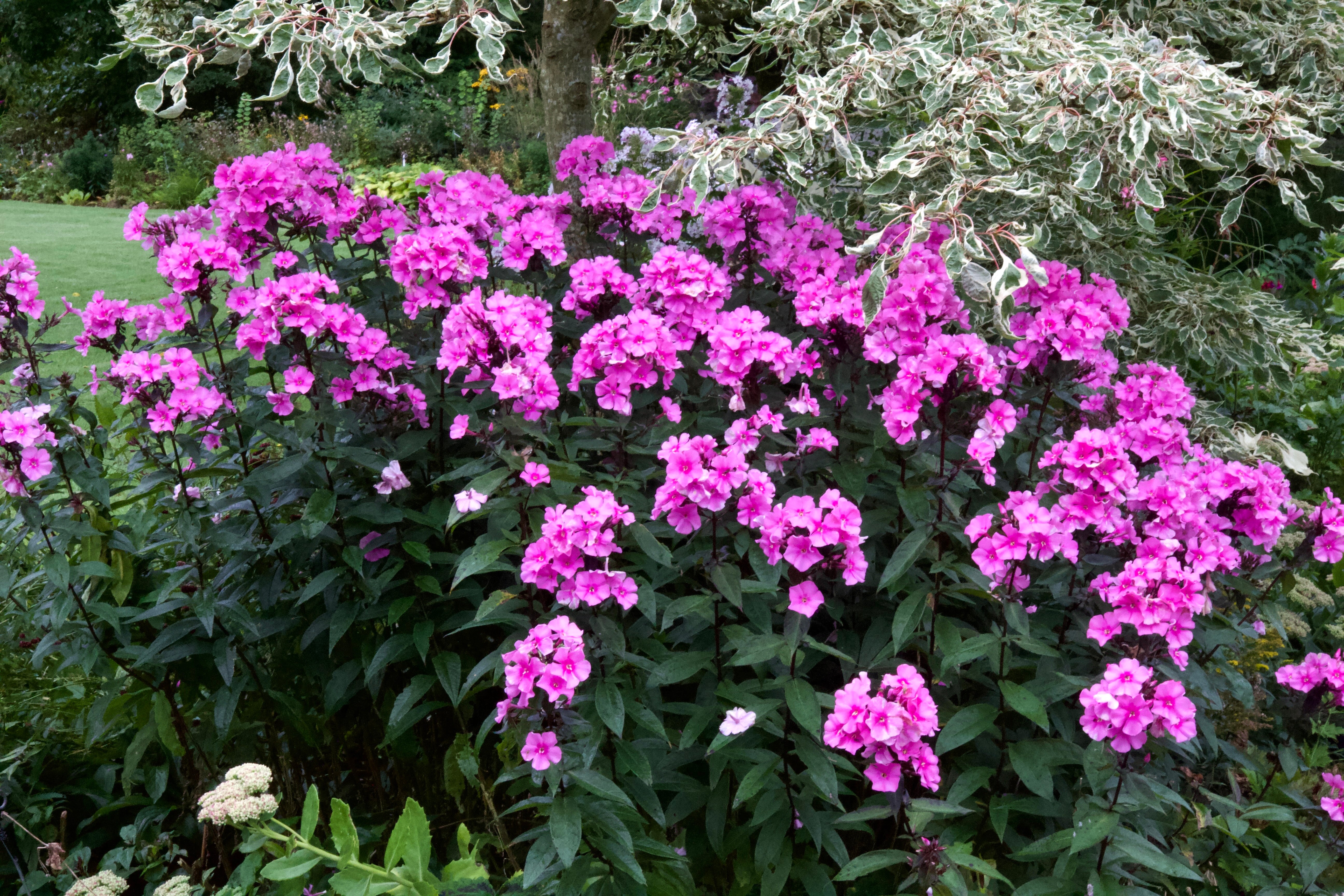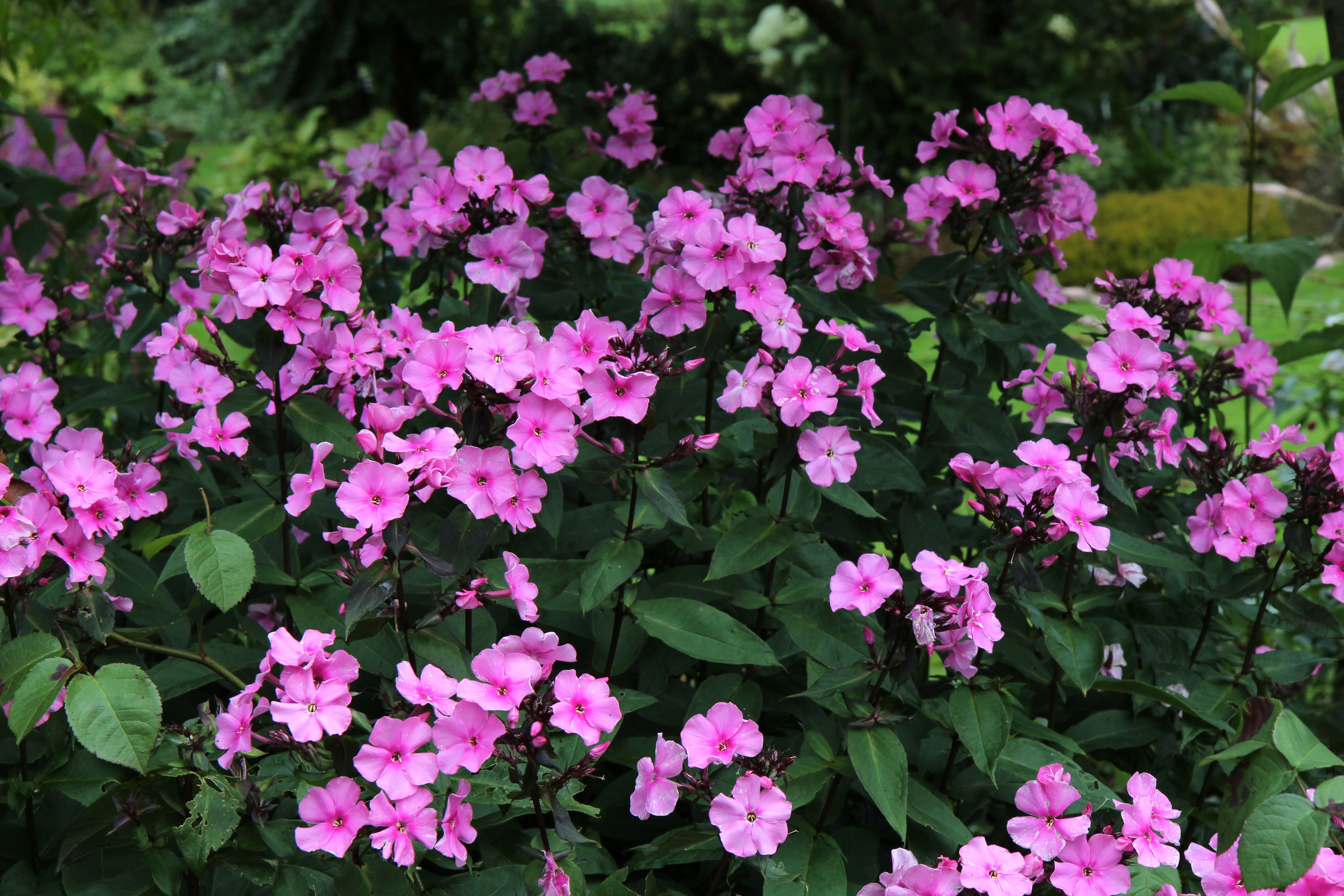Phlox paniculata 'Sandringham'
Approx. 0.5 litre pot
About this cultivar:
Phlox paniculata 'Sandringham' has cyclamen pink flowers with dark centres set against dark green leaves. It is an introduction from Simpson. Fred Simpson (pictured) of Otley in Yorkshire introduced two strains. The names of one of all have the prefix ‘Otley’; the other, the regal strain, was made up of cultivars named for royal residences, such as 'Sandringham' as well as the rose-pink ‘Balmoral’, fuschia-pink ‘Glamis’ and the bright salmon-pink ‘Windsor’.
Thanks Fred!
- Position: Full sun, partial shade
- Soil: Almost any soil, grows well in Ballyrobert
- Flowers: July, August, September
- Other features: Bees and Butterflies
- Hardiness: Fully hardy, grows well in Ballyrobert, H7 - Hardy in the severest European continental climates (< -20°C)
- Habit: Clump forming, Columnar or Upright
- Foliage: Deciduous
- Height: 60 - 90 cm (2 - 3 ft)
- Spread: 30 - 60 cm (1 - 2 ft)
- Time to full growth: 2 to 5 years
- Plant type: Herbaceous Perennial
- Colour: Green, pink
- Goes well with: Many - but we love Roses, Grasses, and Astilbe
About this genus:
Phlox gets its name from the Greek for flame. It is a genus of 67 species of perennial and annual plants in the Jacob's Ladder family (Polemoniaceae). They are found mostly in North America (one in Siberia) in diverse habitats from alpine tundra to open woodland and prairie. Some flower in spring, others in summer and autumn. Flowers may be pale blue, violet, pink, bright red, or white. Many are fragrant. Some species such as P. paniculata (Garden Phlox) grow upright, while others such as P. subulata (Moss Phlox, Moss Pink, Mountain Phlox) grow short and matlike. A variable genus!
All the Phlox we have to sell, like all our plants, have been grown and trialed in our own garden. We've found them to be unfussy - full sun to part shade and almost any non-waterlogged soil should be fine.
Combinations are many - but we love Roses, Grasses, and Astilbe.

